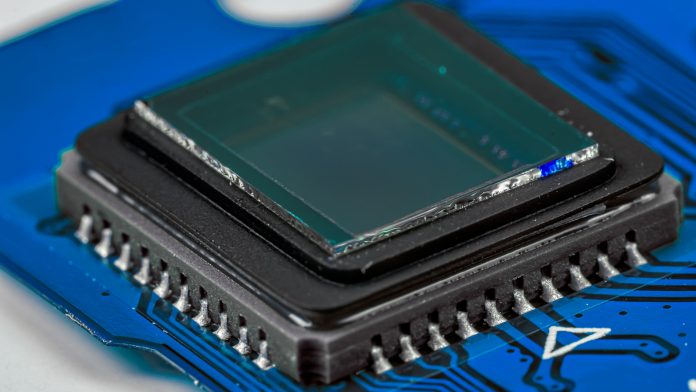Researchers from Russia and Germany have designed an ‘electronic nose’ to demonstrate their new low-cost sensitive devices, which be used for noninvasive diagnostics of human breath.
As published in the journal ACS Applied Materials Interfaces, these selective gas-analytical systems can be used for noninvasive diagnostics of human breath, such as diagnosing chronic obstructive pulmonary disease (COPD) with a compact sensor system. Some of these sensors work a lot like actual noses by using various sensors to detect the complex signal of a gaseous compound.
Skolkovo Institute of Science and Technology senior research scientist Fedor Fedorov, Professor Albert Nasibulin, research scientist Dmitry Rupasov, and their collaborators created a multisensor ‘electronic nose’ by printing nanocrystalline films of eight different metal oxides onto a multielectrode chip. These metal oxides include manganese, cerium, zirconium, zinc, chromium, cobalt, tin, and titanium.
Fedorov said: “For this work, we used microplotter printing and true solution inks. There are a few things that make it valuable. First, the printing resolution is close to the distance between electrodes on the chip, which is optimised for more convenient measurements.
“We show these technologies are compatible. Second, we managed to use several different oxides, enabling more orthogonal signals from the chip resulting in improved selectivity. We can also speculate that this technology is reproducible and easy to be implemented in industry to obtain chips with similar characteristics, and that is really important for the ‘e-nose’ industry.”
In subsequent experiments, this ‘nose’ was able to detect the difference between different alcohol vapours (methanol, ethanol, isopropanol, and n-butanol), which are chemically very similar and hard to tell apart, at low concentrations in the air.
So far, the device operates at high temperatures of 200-400 degrees Celsius. The researchers believe that new quasi-2D materials such as MXene and graphene could be used to increase the sensitivity of the array and ultimately allow it to operate at room temperature.









